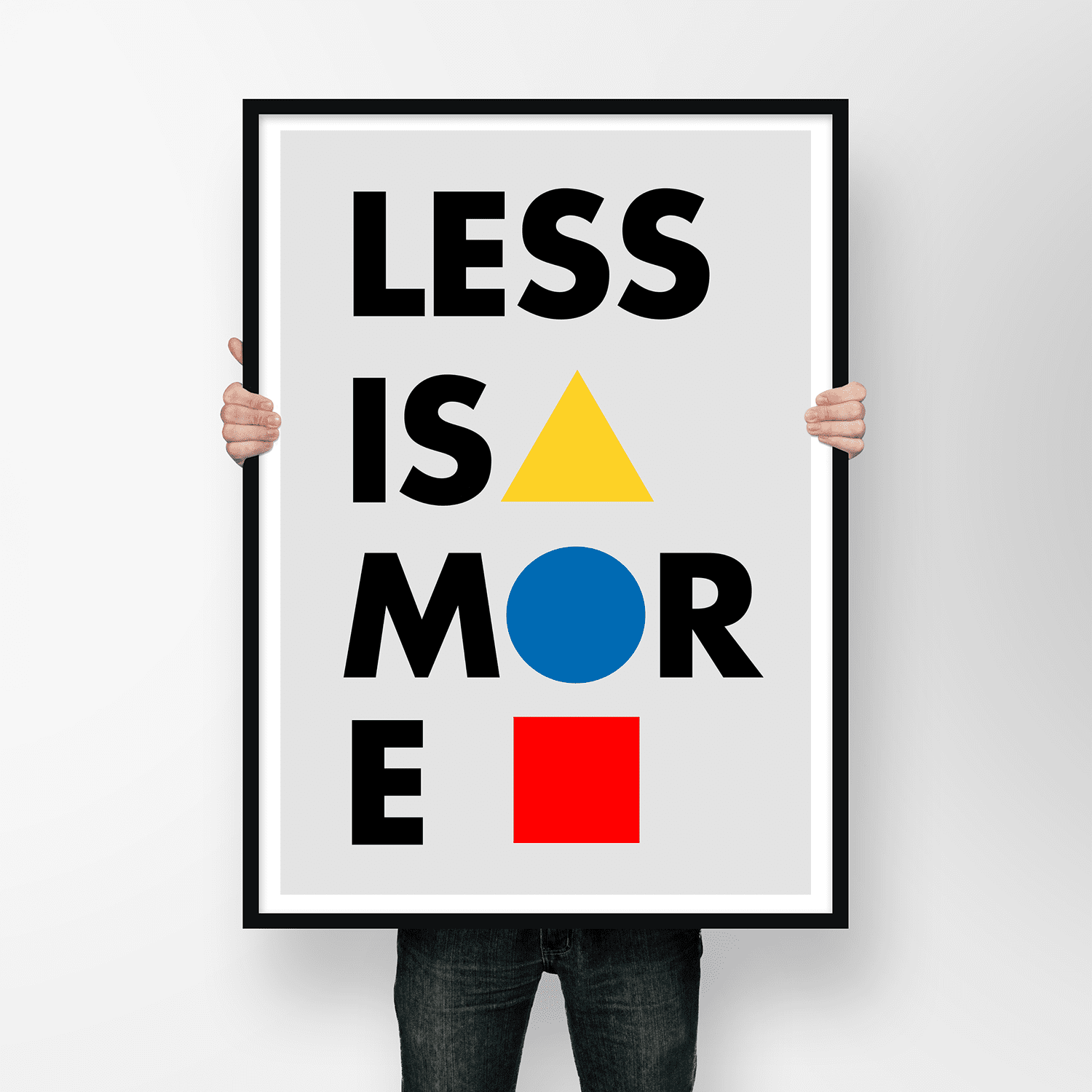
In a world that constantly pushes “more” , more productivity, more shopping, more doing, choosing less can feel almost radical.
But when it comes to sustainable living, doing less isn’t lazy. It’s intentional. And it might just be the mindset shift that makes this lifestyle feel possible, instead of overwhelming.
Why simplicity matters
Sustainability isn’t just about what you buy or how you recycle.
It’s about how you live, what you prioritize, and where you direct your energy.
When you simplify, you:
-
Create less waste
-
Buy fewer things
-
Use what you already have
-
Spend more time doing things that matter
It’s not about restriction, it’s about making space for what counts.
How “Doing less” shows up in everyday life
Here are small ways simplicity supports a sustainable lifestyle:
-
Wearing the same outfit more often — reduces textile waste
-
Cooking simple meals — lowers food waste and packaging
-
Saying no to impulse purchases — less clutter, fewer regrets
-
Cleaning with fewer, natural ingredients — less plastic and toxins
-
Owning fewer products — easier to refill, reuse, and repurpose
Sometimes, the most eco-friendly choice is to use what’s already in front of you.
Slowing down is a form of resistance
Choosing to live more slowly and simply pushes back against the culture of:
-
Fast fashion
-
Overconsumption
-
Instant everything
-
Perfectionism in sustainability
It says: “I don’t need more to be enough.”
And that mindset naturally leads to more responsible, balanced choices.
You don’t need to do everything to live sustainably.
You just need to do less of what doesn’t serve you, and keep showing up for the habits that do.
Simplicity isn’t boring. It’s powerful.
It gives you time, clarity, and room to breathe, in your home, your life, and your impact.

